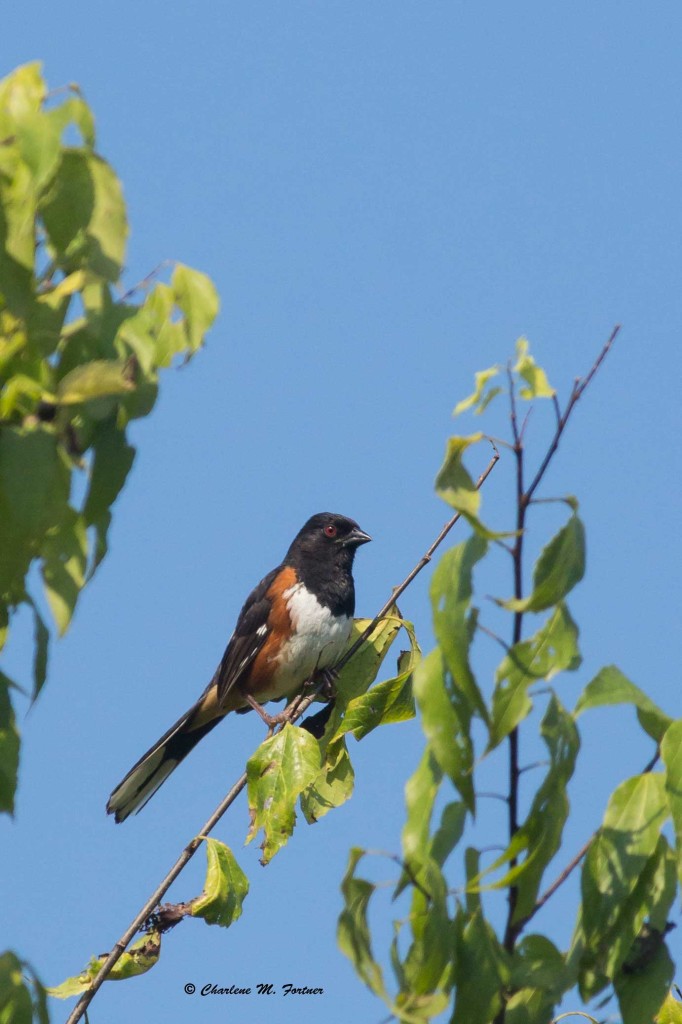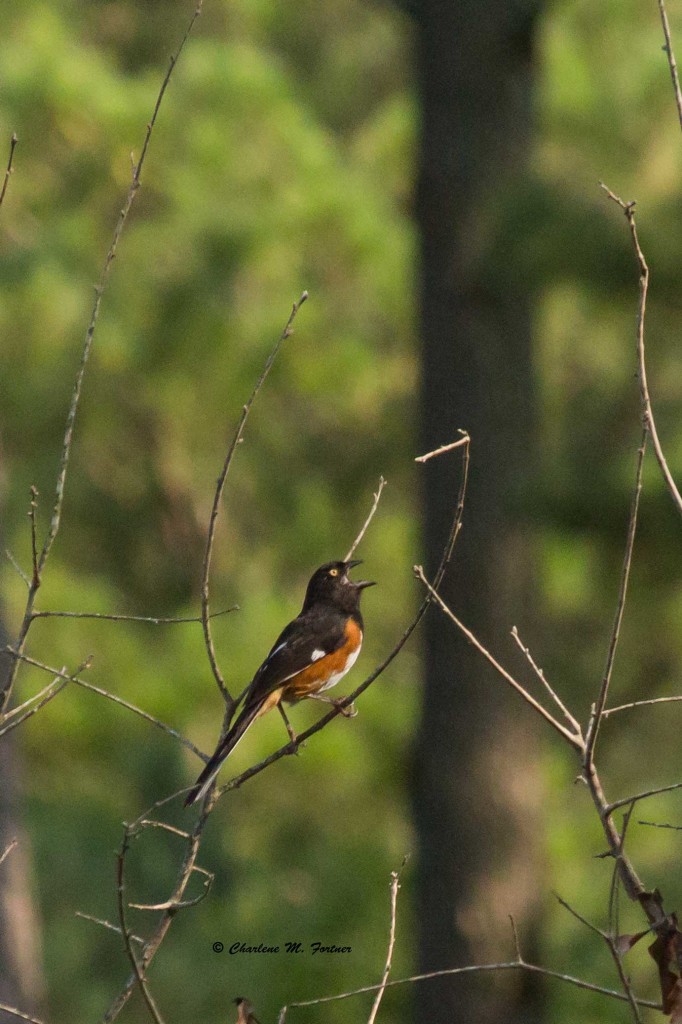Lately I’ve added new pictures to the following species. I hope to make more additions in the next few weeks.
Enjoy!

Lately I’ve added new pictures to the following species. I hope to make more additions in the next few weeks.
Enjoy!
Each time I process a batch of photos from a trip I not only evaluate my photography, but also to hone my skills in identification. When I started out birding I was very much a “shoot first, identify later” birder. Today, I can identify most common species in the field. If I am unsure about a species, I can at least identify a possibly family and know where to look in my guidebook.
While I was adding new photos of Towhees to my bird gallery, I noticed something unusual: two different birds of the same species with markedly different colored eyes.


According to my National Geographic bird guide (which is a little dated at 2006), a subspecies rileyi extends from northern Florida to “east-central” North Carolina and can exhibit a range of eye color from red to straw-colored. My guidebook is the only reference I have found that indicates this characteristic extending into North Carolina, whereas many other references indicate that the widest variety in eye colors occur in northern Florida and southern Georgia. Using eBird, I looked through checklists submitted in the same area to determine whether anyone had made a comment about eye color or even indicated a sub-species. No such luck in that endeavor. I shall keep an eye out for this fellow in the future and perhaps get a better photo of him next time.
Eastern Towhees are common year-round birds here in piedmont North Carolina. Their distinct call, which my guidebook aptly describes as a high-pitched “drink your tea” is often heard in my neighborhood. For examples of calls, check out the Cornell Lab. Perhaps you’ve heard them too!